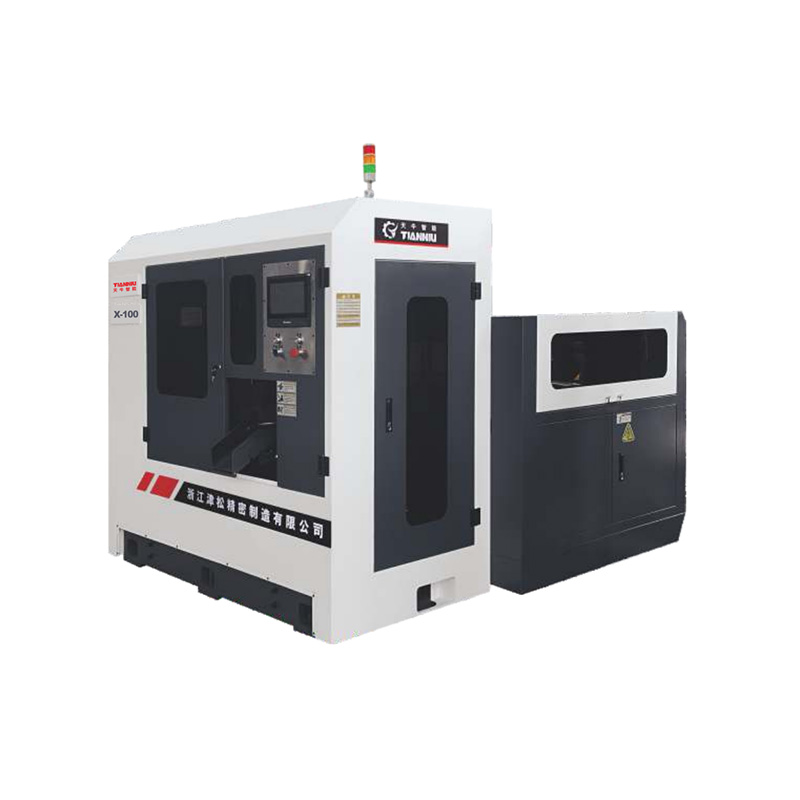Email: hujin@chinahujin.cn
Performance Analysis of Horizontal Band Saw Machine When Used for Stainless Steel Cutting Applications
Challenges of Cutting Stainless Steel
Stainless steel is known for its durability, corrosion resistance, and high tensile strength. These properties make it a popular material in construction, manufacturing, and medical industries. However, these same characteristics also make it more challenging to cut compared to softer metals. High hardness and low thermal conductivity increase the risk of blade wear, overheating, and imprecise cuts. Therefore, using a suitable cutting machine, like a Horizontal Band Saw Machine, is essential for achieving reliable results.

Suitability of Horizontal Band Saw Machine for Stainless Steel
A Horizontal Band Saw Machine is well-suited for cutting stainless steel due to its ability to deliver controlled, straight cuts with consistent pressure. Unlike handheld tools or abrasive cutting methods, this machine ensures stability during cutting, which is critical when dealing with dense and tough materials. Its design allows the material to remain stationary while the blade moves, reducing vibration and improving accuracy. Many models also come with adjustable cutting speeds, allowing operators to tailor the speed to the specific grade of stainless steel being cut.
Importance of Using the Right Blade
The blade used in a Horizontal Band Saw Machine plays a central role in cutting stainless steel efficiently. Bi-metal blades are typically recommended for this application, as they combine a flexible backing with hardened teeth capable of withstanding the demands of stainless steel. Tooth pitch and blade width must be carefully selected based on the thickness and type of steel. A finer tooth pitch is generally preferred for smoother cuts and reduced chipping. Using the wrong blade can result in increased heat generation, reduced accuracy, and premature blade failure.
Coolant and Lubrication Support
When cutting stainless steel, managing heat buildup is critical to preserving both the blade and the workpiece. Horizontal Band Saw Machines often feature integrated coolant systems that continuously lubricate the blade and reduce friction during cutting. This not only helps prolong blade life but also prevents thermal distortion of the stainless steel. A steady flow of coolant contributes to cleaner edges, reduces discoloration, and enhances the overall surface finish.
Speed and Feed Rate Considerations
Successful stainless steel cutting also depends heavily on choosing the right cutting speed and feed rate. A slower blade speed is generally more effective, as it reduces heat buildup and allows the blade to bite into the material more cleanly. Hydraulic feed controls available on many Horizontal Band Saw Machines allow for precise adjustment of feed rate, ensuring a balance between cutting efficiency and blade longevity. Aggressive feed rates should be avoided, as they can cause excessive blade loading and heat generation.
Consistency and Repeatability of Cuts
One of the standout features of using a Horizontal Band Saw Machine for stainless steel is its ability to produce uniform and repeatable cuts. This consistency is particularly valuable in industries where precision is crucial, such as aerospace or medical equipment manufacturing. The rigid frame, steady downward feed, and adjustable guides contribute to deflection and high dimensional accuracy, even when working with dense or thick steel components.
Conclusion: An Effective and Reliable Choice for Stainless Steel
Overall, the Horizontal Band Saw Machine performs well when cutting stainless steel, provided that proper blades, cutting speeds, and cooling systems are used. Its robust construction and precision controls make it a reliable option for both small-scale and industrial applications. With the right setup and operator attention, this machine can handle the challenges of stainless steel cutting while maintaining blade life and delivering accurate, clean results.
 English
English русский
русский عربى
عربى






